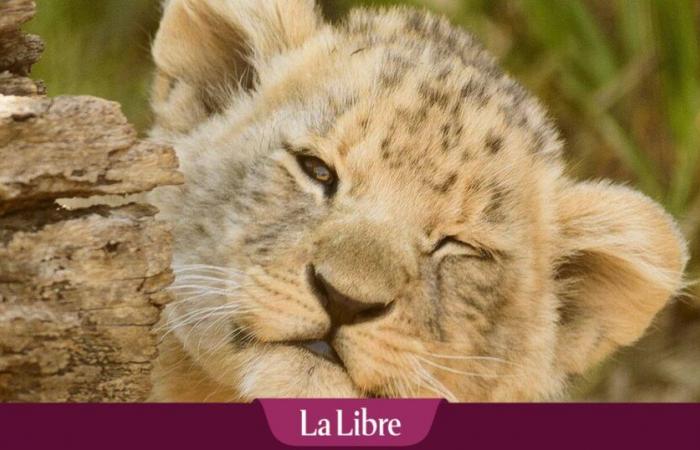
“A fantastic feeling”
Exceptionally preserved, the animal’s body allows paleontologists for the first time to gain a precise understanding of the physique of this now extinct species. “For the first time in the history of paleontology, the appearance of an extinct mammal that has no analogues in modern fauna has been studied“, the report said. “It’s a fantastic feeling to see with your own eyes the appearance of a long-extinct animal“, enthused Alexey V. Lopatin, director of the Borissiak Paleontological Institute of the Russian Academy of Sciences in Moscow, in an email sent to CNN. “Especially when it comes to a predator as interesting as the saber-toothed feline.“
This wonder was quickly shared by the American paleontologist Jack Tseng, who declared:at a loss for words“on learning of the existence of this discovery and the”treasure trove of information that could result“. “It is rare to find bones from this lineage, let alone soft tissues associated with them“, he confirms. “I don’t know if other paleontologists are as stunned as I am, but it’s like reality has changed now that we’ve seen this.“And for good reason, the analysis of the soft tissues of this individual will make it possible to make major advances in research into their hunting method, for example.
Discovery of a new species of pterosaur in Germany
Crucial discoveries
In the meantime, the animal has already brought to light several discoveries, notably through a comparison with a modern lion cub of a similar age, i.e. three weeks. Its legs, particularly well preserved, still have claws and pads almost intact, and have a rounder shape than those of modern lion cubs. “Their shape is more like that of a bear“, indicates Jack Tseng. Although a priori innocuous, this additional discovery allows us to insinuate that saber-toothed cats perhaps used their powerful forearms to immobilize their prey.
Other differences with modern lion cubs have also been noted, notably in the color of the coat (darker in saber-toothed felines), the smaller size of its ears, but the larger size of its forelimbs, as well as its mouth opening and neck, probably due to its long, blade-like canines that measured up to 20 centimeters long.
This specimen is the only mummified example of its kind hiding homotheriumfrom its scientific name, and “represents a part of the feline family tree that goes back almost to the origin of the feline family, which adds to the breathtaking nature of this discovery“added Jack Tseng.
Mysterious discovery in Hainaut: a skeleton intrigues researchers





